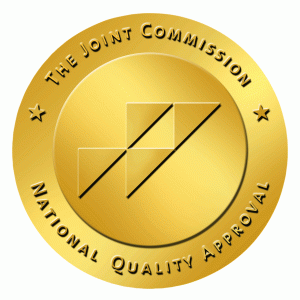Hospice verus Palliative Care
Conversations About Conversations
What is going on about all the conversations about have “The Conversation?” An interesting phenomenon is building momentum. Healthcare crisis is something we don’t think about until we are in it. Why should we? As American’s we are excellent at reacting, living in the moment and problem fixing. However, this comes at a cost.
Hospice care is palliative care, but palliative care is not hospice.
The difference between these two types of care is something that can be difficult to clarify. However, this care is a fundamental part of treating any chronic or terminal illness.
According to the Merriam-Webster dictionary, the word palliate means “to make the effects of (something, such as an illness) less painful, harmful, or harsh.” It originates from the Latin word pallium, meaning to cloak.
Palliative care, also known as supportive care, is focused on providing relief from the symptoms and stress of a serious illness— This care is delivered by an interdisciplinary team of medical professionals. This type of care can also be provided in conjunction with curative treatment. The team works closely with the patient’s specialist to help develop an individualized symptom management plan to help them accomplish their treatment goals.
The goal is to improve quality of life for both the patient and their family. This care can help with emotional and spiritual problems as well as physical problems.
While hospice care is typically provided to patients throughout the end of their lives, palliative care is appropriate at any age and at any stage in a serious illness. Palliation can be provided at first diagnosis or late into the disease process because access is based on the needs of the individual.
Hospice is the medical service that provides specialized palliative care to individuals who are approaching the end of their lives. In these individuals the doctors involved have concluded that this person may have a life expectancy of less than 6 months if their illness follows its natural course.
Early admission into a hospice program allows more time for the hospice team to fully understand the patient’s and family’s needs and to develop a suitable and







